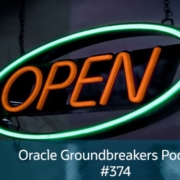Significant changes were made to the Istio service mesh in its version 1.5 release earlier this year, including notable modifications to the control plane architecture and the creation of a single model for extending Istio and its Envoy proxies using WebAssembly. Istio’s latest quarterly release, version 1.6, at first glance may seem to carry less weight in comparison, however, this update includes several important enhancements that continue to improve its operability.
Installation and Configuration Management
Reducing Upgrade Risks
Istio 1.6 introduces canary support for upgrading versions of the Istio control plane, enabling users to deploy numerous releases of Istiod within the same cluster and migrate pods to a newer version. This will significantly reduce any risks that arise when carrying out upgrades in a production cluster. When installing new control plane versions, the istioctl the command-line tool now supports assigning names to versions that can be utilized when assigning workloads to each specific Istiod version running in the service mesh.









